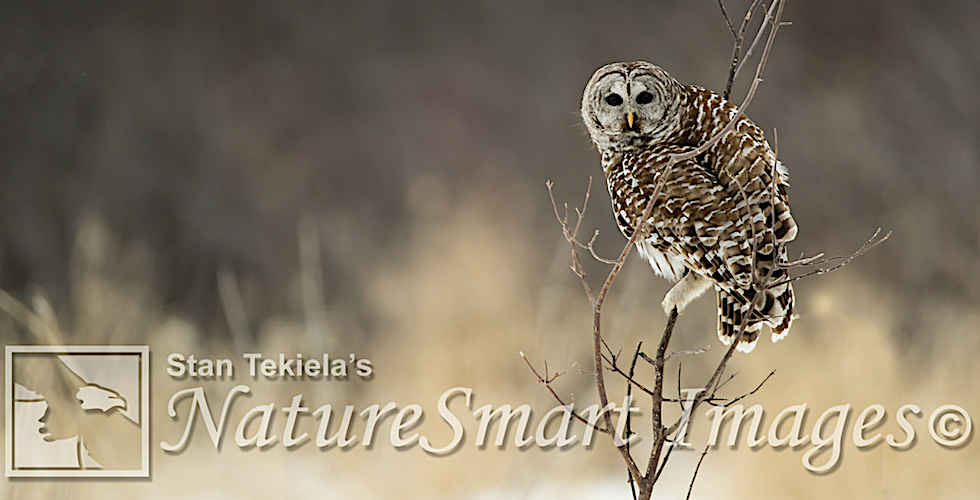
The Amazing Skills of Owls
In today’s post, Stan Tekiela, author of Our Love for Owls, shares with use three amazing skills possessed by these birds.
I’ve always had a special place in my naturalist heart for owls. The reason behind this magnetism may be that owls are unlike other birds. For instance, they have large heads that are as wide as their shoulders. Their eyes are in front of their heads, and their eyelids close from the top down, like ours, making them look somewhat like people. From a distance, their low hooting can even sound human. Most owls are nocturnal and hunt under the cover of darkness. Add to this that owls are top predators, and you have a winning combination of smart looks, power, and skill.
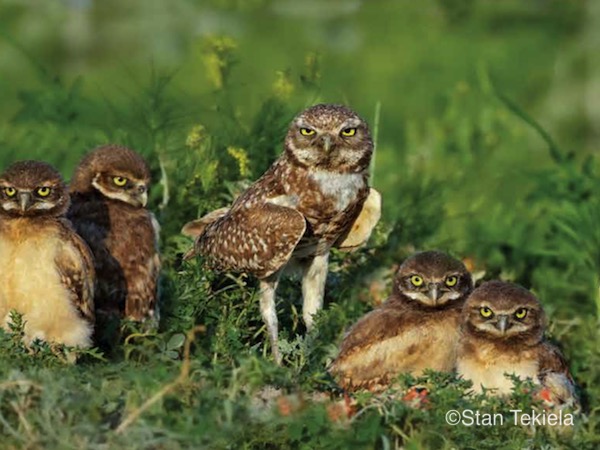
The World Through Their Eyes
Owl eyes face forward like ours; but, unlike our round eyeballs, theirs are tubular. Compared to their heads, their eyes are huge. In some species, the weight of their eyes is more than that of their brain! Their eyes are actually too large to move within the sockets. Instead, owls are able to swivel their heads to about 270 degrees left or right, thanks to the extra vertebra in their necks. This gives them a much greater range of sight than we have, even when we move our eyes and turn our heads at the same time.
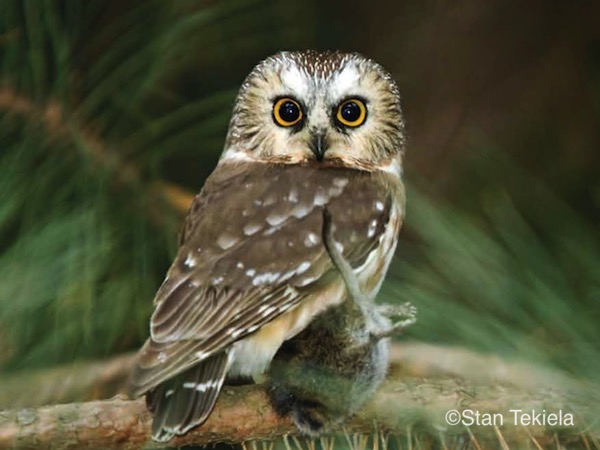
Many owls can see two to three times better than people, but the way they see and perceive the world is very different. Northern Hawk Owls and many other daytime-hunting owls are fast fliers. It has been shown that they acquire focus, called accommodation, at about 100 times per second. This is more than 10 times faster than we can focus. No wonder owls can zip through a forest but not run into small branches!
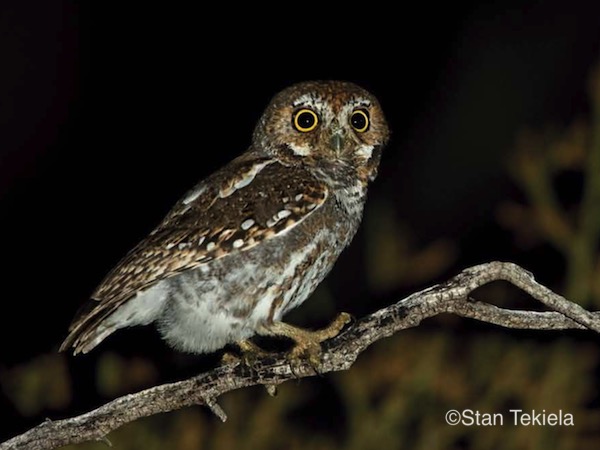
Sensitive Hearing
Many night-hunting owls have asymmetrical ear openings, with one larger opening and one higher opening. This arrangement allows sound to enter the ears at slightly different times and enables owls to triangulate the sound and pinpoint its origin. Daytime hunters have less asymmetry than owls that hunt strictly during the night. Daytime-hunting Snowy Owls have very little asymmetry, while night-hunting Boreal Owls have the greatest. All owl species have movable earflaps, both externally and internally, for muffling their hearing so they can get some sleep!
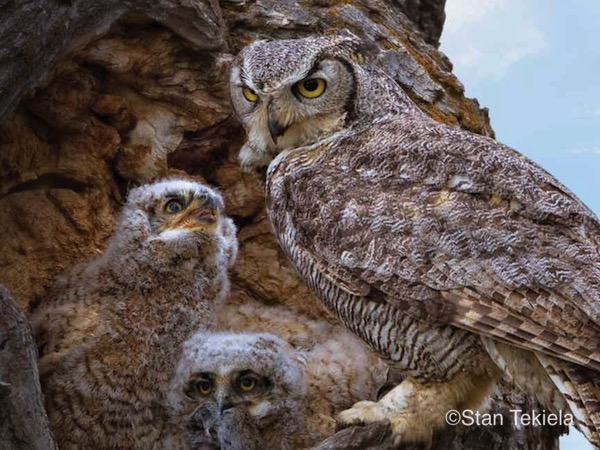
Absolute Silent Flight
Most owls have specialized feathers that enable them to fly silently. Silent flight allows owls to keep listening for movement and lock onto the position of their prey. In an experiment to prove silent flight, 10 sensitive microphones were set up in a line. When an owl flew a few feet over the equipment, no sound could be detected.
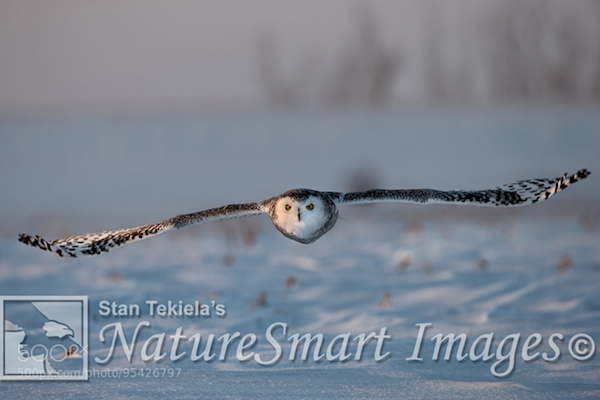
Other birds make fluttering sounds in flight. When they fly, turbulence made by the wind moving over their wing feathers creates noise. The modified feathers of owls, however, work to silence turbulence. First, the surface of most of their wing feathers has a velvety cushion that reduces the sound of one feather rubbing over another. Second, their flight feathers have serrated, leading edges that break up turbulence and dampen sound. Third, the trailing edges are ragged. Acting like a silencer, these fragment any further turbulence and eliminate noise.
For more stories about wildlife and nature, sign up for our newsletter now!
More posts from Stan:
Indigo Bunting—A Familiar Summer Visitor
The Nesting Behaviors of Sandhill Cranes
Big Birds, Baby Birds, Birds Everywhere
Stan Tekiela observes Marsh Wrens
The Magical, Mystical World of Sandhill Cranes



Pam Gatcomb
Hi Liliane:
My son in-law loves owls. I found one similar in your post above, the 2end one down on your post. Would you please email me back the name of the owl? It has a round head w/no ears showing , round head with white head, looks small and may live in northern climates?
Thank you so much
Pam. pamgatcomb@gmail.com
Liliane Opsomer
I did reply to you as you asked. Have a wonderful day, and thank you for your interest in our blog and books.
Pam Gatcomb
pamgatcoimb@gmail.com